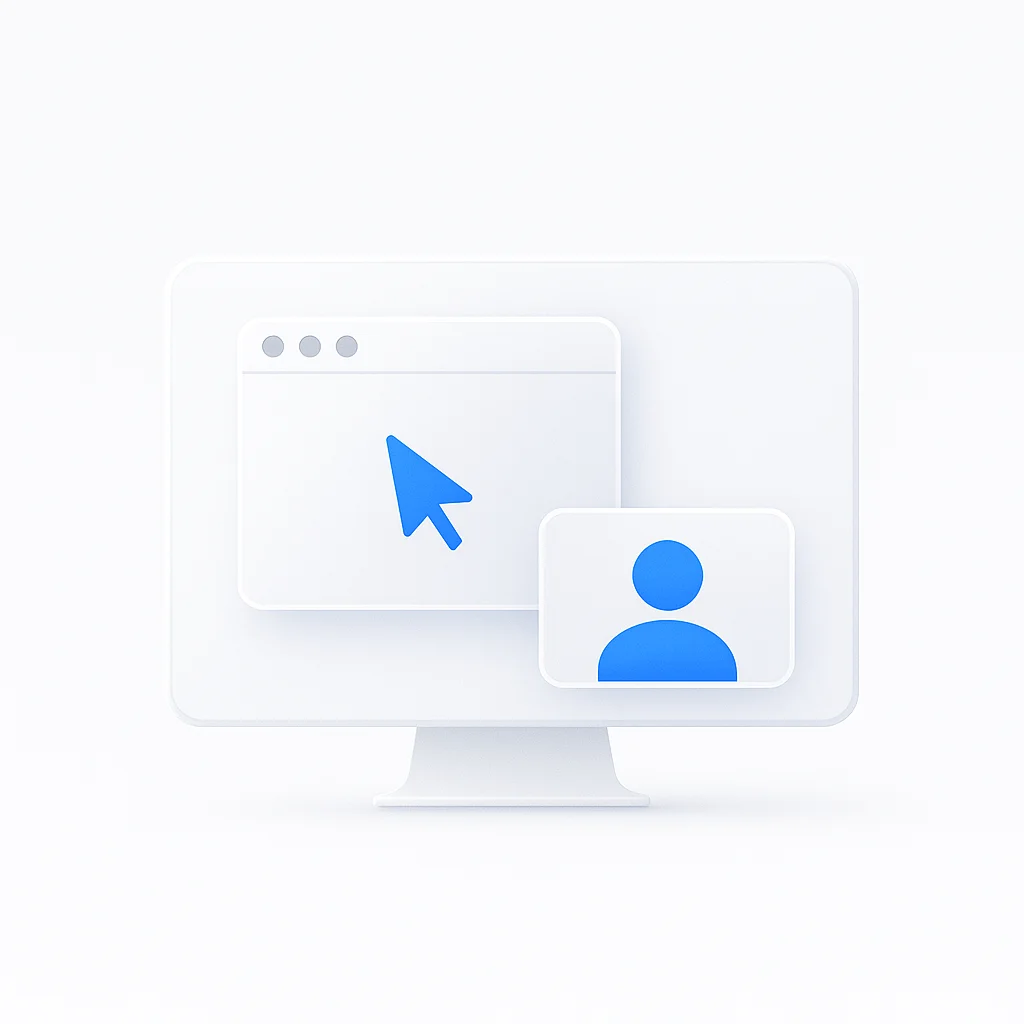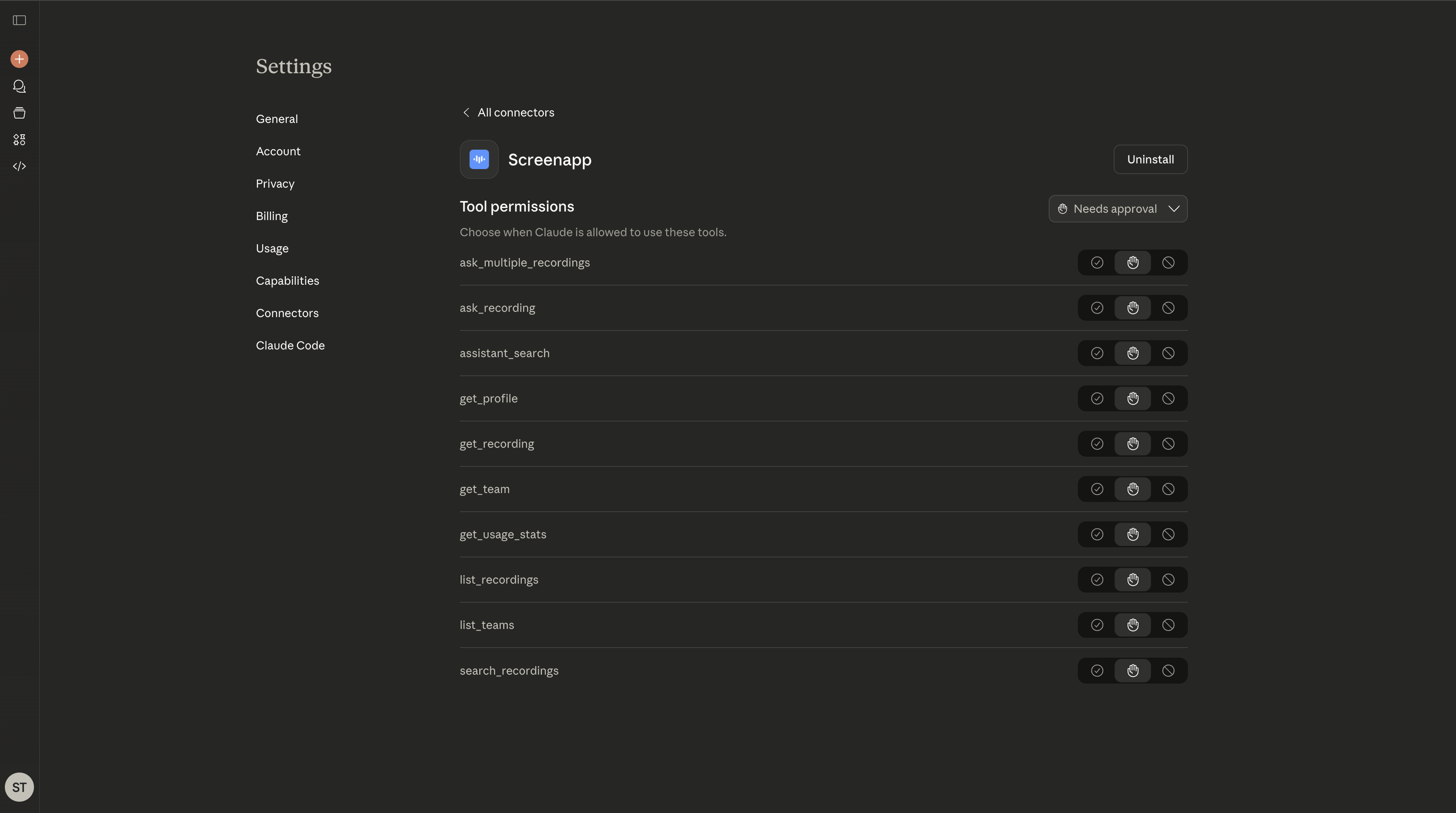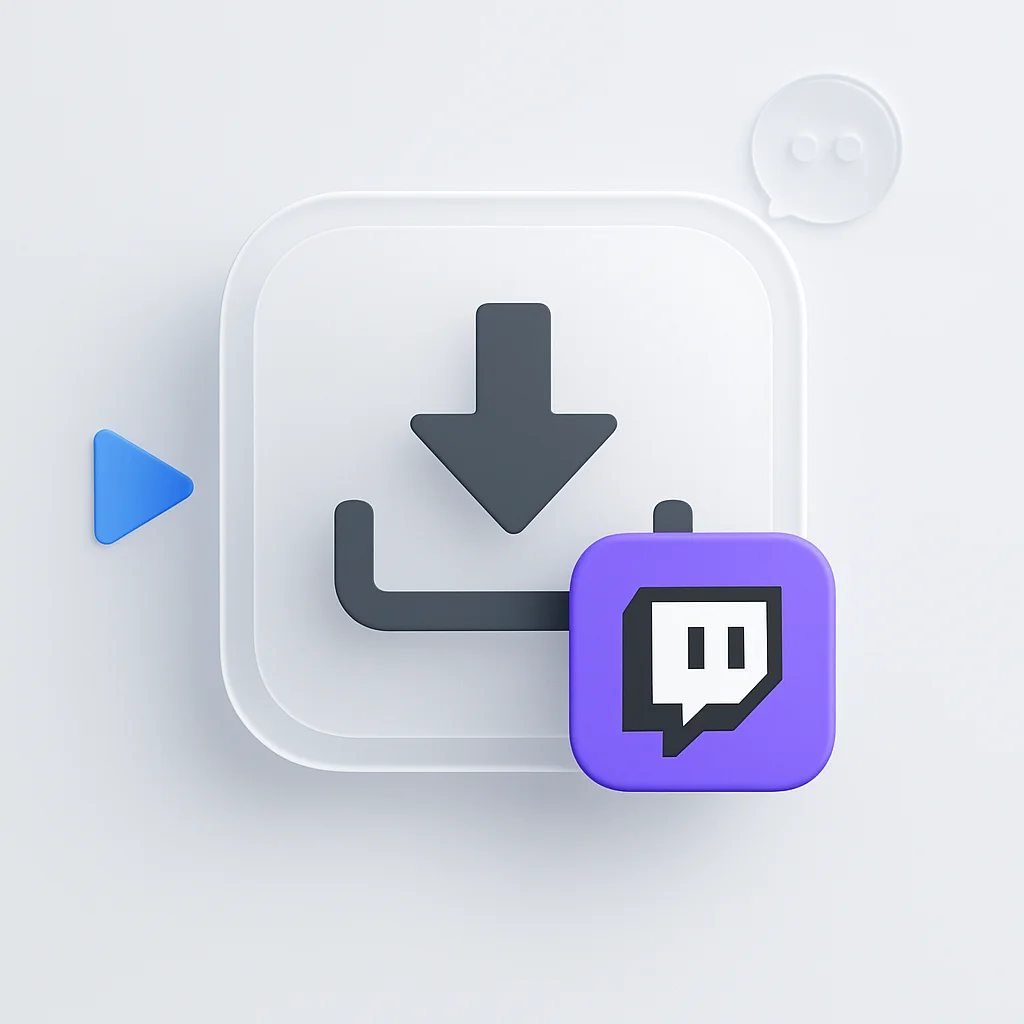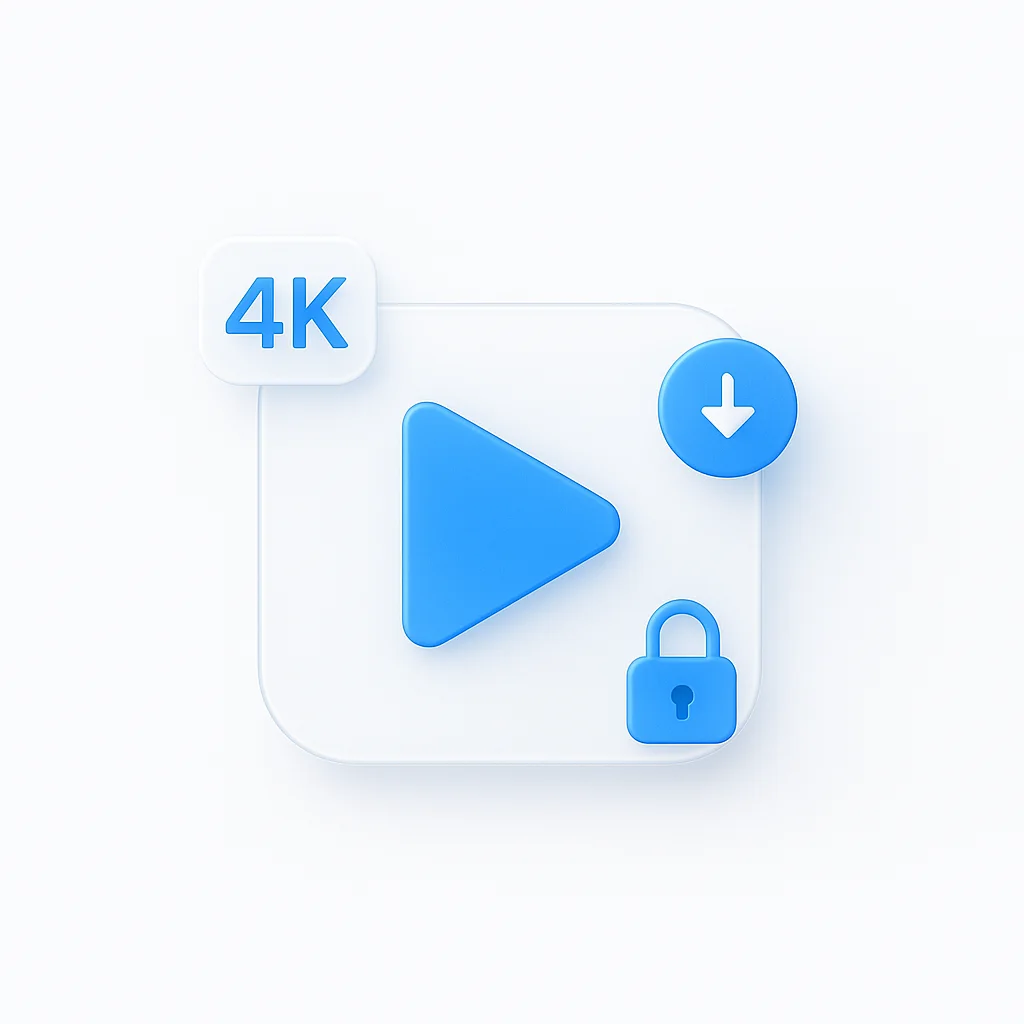Are you ready to take your screen and webcam recordings to the next level? Look no further! We’ve got all the tips, techniques, and best practices you need to create captivating content that will leave your audience wanting more. Say goodbye to boring recordings and hello to a whole new level of engagement. Get ready to shine in the world of simultaneous screen and webcam recording like never before!
Introduction
In today’s digital era, visual content has become increasingly prevalent, with video tutorials, online presentations, and remote collaboration becoming the norm. To meet the growing demand for engaging and informative content, simultaneous screen and webcam recording has emerged as a powerful tool. This technique allows you to capture both your screen activity and your webcam feed simultaneously, providing a comprehensive and dynamic recording.
Understanding Simultaneous Screen and Webcam Recording
Explanation of Screen Recording and Webcam Recording
Screen recording involves capturing the activities on your computer screen, allowing you to create demonstrations, tutorials, and walkthroughs. It records everything that occurs on your screen, including mouse movements, keystrokes, and application interactions.
On the other hand, webcam recording focuses on capturing video footage of yourself or any subject using a connected webcam. It enables you to add a personal touch to your recordings, making them more relatable and engaging.
Advantages of Combining Both in a Single Recording
Simultaneous screen and webcam recording offers several advantages over separate recordings. By combining both elements, you create a cohesive and immersive viewing experience for your audience. Here are some benefits:
- Enhanced Communication: Simultaneous recording allows you to establish a direct connection with your viewers by showcasing both your screen content and your facial expressions simultaneously. This enables clearer communication, as your audience can see and hear you in real-time.
- Visual Clarity: While screen recordings alone can be informative, adding a webcam feed provides a human element to the content. Your facial expressions, gestures, and body language help convey emotions and intentions, making the information more engaging and memorable.
- Increased Engagement: Simultaneous recording captivates your audience by combining visual elements. By incorporating your webcam, you can establish a personal connection, build trust, and hold your viewers’ attention throughout the recording.
Use Cases and Applications for Simultaneous Recording
Simultaneous screen and webcam recording find applications across various domains. Here are a few scenarios where this technique proves invaluable:
- Video Tutorials: Whether you’re demonstrating software usage, teaching a skill, or guiding viewers through a process, simultaneous recording enables you to provide step-by-step instructions while adding a personal touch.
- Online Presentations: When delivering product demonstrations or webinars, combining your screen and webcam recordings helps you maintain a connection with your audience, making the content more engaging and relatable.
- Remote Collaboration: In team meetings, virtual conferences, or remote interviews, simultaneous recording facilitates effective communication by capturing both screen sharing and participants’ facial expressions, ensuring a seamless collaboration experience.
Simultaneous screen and webcam recording offers a versatile and powerful approach to creating dynamic and engaging content. In the following sections, we will delve deeper into choosing the right tools, preparing your setup, and providing a step-by-step guide to help you master this recording technique.
Choosing the Right Tools and Software
Overview of Popular Screen Recording and Webcam Recording Software Options
When it comes to simultaneous screen and webcam recording, there are several reliable software options available. Here’s an overview of some popular choices:
- ScreenApp: ScreenApp.io is a versatile and user-friendly screen recording tool designed to capture your screen activity, webcam feed, or both simultaneously. With ScreenApp.io, you can create engaging video content, tutorials, presentations, or remote collaboration sessions with ease. Whether you’re an educator, content creator, or professional, ScreenApp.io offers a range of features and options to customize your recording experience. From selecting specific recording areas to adjusting audio settings, ScreenApp.io provides the flexibility and control you need to produce high-quality recordings. With its intuitive interface and seamless recording process, ScreenApp.io empowers users to effortlessly capture their screen and webcam, opening up a world of possibilities for effective communication and content creation. For those who want a simple and easy-to-use solution, our online screen recorder is a great option. We also have a desktop capture tool for those who want to record their entire desktop, and a video webcam recorder for those who just want to record their webcam.
- OBS Studio: OBS Studio is a free and open-source software known for its versatility. It offers powerful screen and webcam recording capabilities, along with customizable settings and advanced features like scene transitions and audio mixing.
- Camtasia: Camtasia is a comprehensive screen recording and video editing software. It provides an intuitive user interface, a range of editing tools, and the ability to simultaneously record your screen and webcam. Camtasia is known for its ease of use and professional output.
- Screencast-O-Matic: Screencast-O-Matic is a user-friendly screen recording tool that offers both free and paid versions. It allows you to capture your screen and webcam simultaneously, edit recordings, and share them directly to popular platforms.
Comparison of Features, Ease of Use, and Compatibility with Different Platforms
When selecting the right software for simultaneous recording, consider the following factors:
- Features: Look for software that offers both screen and webcam recording capabilities, customizable settings, video editing features, and options for audio synchronization. Consider additional features like annotations, transitions, and effects, depending on your specific needs.
- Ease of Use: Choose software with a user-friendly interface, straightforward recording controls, and intuitive editing tools. This ensures a smooth recording experience, especially if you are a beginner or have limited technical expertise.
- Compatibility: Check if the software is compatible with your operating system (e.g., Windows, Mac, Linux) and the platforms where you plan to share your recordings. It’s essential to ensure that the software supports the necessary file formats for seamless playback and sharing.
Recommendations Based on User Needs and Budget
The choice of software ultimately depends on your specific requirements and budget. Here are some recommendations based on different user needs:
- Budget-Friendly Option: If you’re looking for a free and reliable solution, OBS Studio and Screencast-O-Matic (free version) are excellent choices.
- Beginner-Friendly Option: For users who prefer a user-friendly interface and simple editing capabilities, Camtasia is a popular option. It offers a balance between usability and advanced features.
- Professional-Grade Option: If you require extensive editing capabilities, advanced effects, and professional output, investing in a premium version of Camtasia or other professional software like Adobe Premiere Pro or Final Cut Pro is recommended.
Remember to evaluate the software’s system requirements and trial versions, if available, to ensure compatibility and test the features before making a final decision.
Preparing Your Setup for Simultaneous Recording
Hardware Requirements for Screen and Webcam Recording
To achieve optimal results in simultaneous screen and webcam recording, ensure that your hardware meets the following requirements:
- Computer: Use a computer with a capable processor and sufficient RAM to handle both screen recording and webcam capture simultaneously without significant performance issues.
- Webcam: Invest in a quality webcam with HD resolution and good low-light performance for clear and crisp video footage. Ensure compatibility with your computer and recording software.
- Microphone: Use a dedicated external microphone or a headset with a built-in microphone to capture high-quality audio. This helps eliminate background noise and ensures clear voice recording.
Optimizing Camera Placement and Lighting Conditions
Consider the following tips to optimize camera placement and lighting conditions for your simultaneous recording:
- Camera Placement: Position your webcam at eye level or slightly above for a natural perspective. Avoid extreme angles that can distort your appearance. Use a stable stand or mount to prevent shaking or movement during recording.
- Lighting: Ensure adequate lighting to enhance the visibility of your face. Natural lighting is ideal, so position yourself facing a window or use artificial lighting sources like ring lights or softboxes to achieve even and flattering illumination.
- Background: Choose a clean and uncluttered background that is visually appealing and relevant to the content you’re presenting. Consider using a virtual background if your recording software supports it.
Adjusting Audio Settings for Clear Sound Capture
To capture clear and high-quality audio in your simultaneous recording, consider the following adjustments:
- Microphone Settings: Test and adjust the microphone input levels to prevent distortion or clipping. Set the microphone sensitivity based on the distance between you and the microphone.
- Background Noise Reduction: Minimize background noise by recording in a quiet environment. Use noise reduction features available in your recording software to further enhance audio quality.
- Audio Monitoring: Wear headphones or earphones during recording to monitor the audio in real-time. This allows you to detect any issues and make necessary adjustments while recording.
Step-by-Step Guide: Simultaneously Recording Your Screen and Webcam
A. Preparing the Recording Software and Setting up the Desired Recording Area
- Launch your chosen screen recording software and ensure it is updated to the latest version.
- Familiarize yourself with the software’s interface and locate the settings related to screen and webcam recording.
- Set up the desired recording area by adjusting the dimensions and position of the screen capture region. Consider the content you want to record and ensure it fits within the frame.
B. Configuring the Screen Recording Settings
- Select the screen or specific application window you want to capture. If your software allows for multiple screens, choose the appropriate screen for recording.
- Set the desired frame rate and resolution for your screen recording. Higher frame rates result in smoother playback, but it may require more processing power and storage space.
- Enable any additional features you may need, such as mouse click highlighting, cursor effects, or keystroke display. These options can help viewers follow along more easily.
C. Configuring the Webcam Recording Settings
- Choose your webcam as the video source in the recording software. Ensure that the correct webcam is selected if you have multiple cameras connected to your computer.
- Adjust the webcam settings, such as resolution and frame rate, to capture the desired video quality. Higher resolutions may require more resources but can result in clearer footage.
- Experiment with additional settings like exposure, white balance, and focus to optimize the visual appearance of your webcam feed.
D. Adjusting Audio and Video Synchronization
- Check the audio settings to ensure that your selected microphone is correctly recognized and set as the audio input source.
- Perform a quick audio test to verify that the microphone is capturing sound properly and that the audio levels are balanced.
- Adjust the synchronization between the screen recording and webcam footage to align the audio and video. Most recording software allows you to make slight adjustments to sync the two sources.
E. Starting and Stopping the Recording Process
- Double-check all your settings to ensure that everything is configured as desired.
- Position yourself appropriately in front of the webcam, ensuring good posture and visibility.
- Click the “Start Recording” button in your screen recording software to initiate the simultaneous recording.
- Begin your presentation, tutorial, or any other activity you wish to record, ensuring that both your screen and webcam elements are in sync.
- When you’ve finished recording, click the “Stop Recording” button to end the simultaneous recording.
Simultaneously Screen Recordings As Easy As 1,2,3!
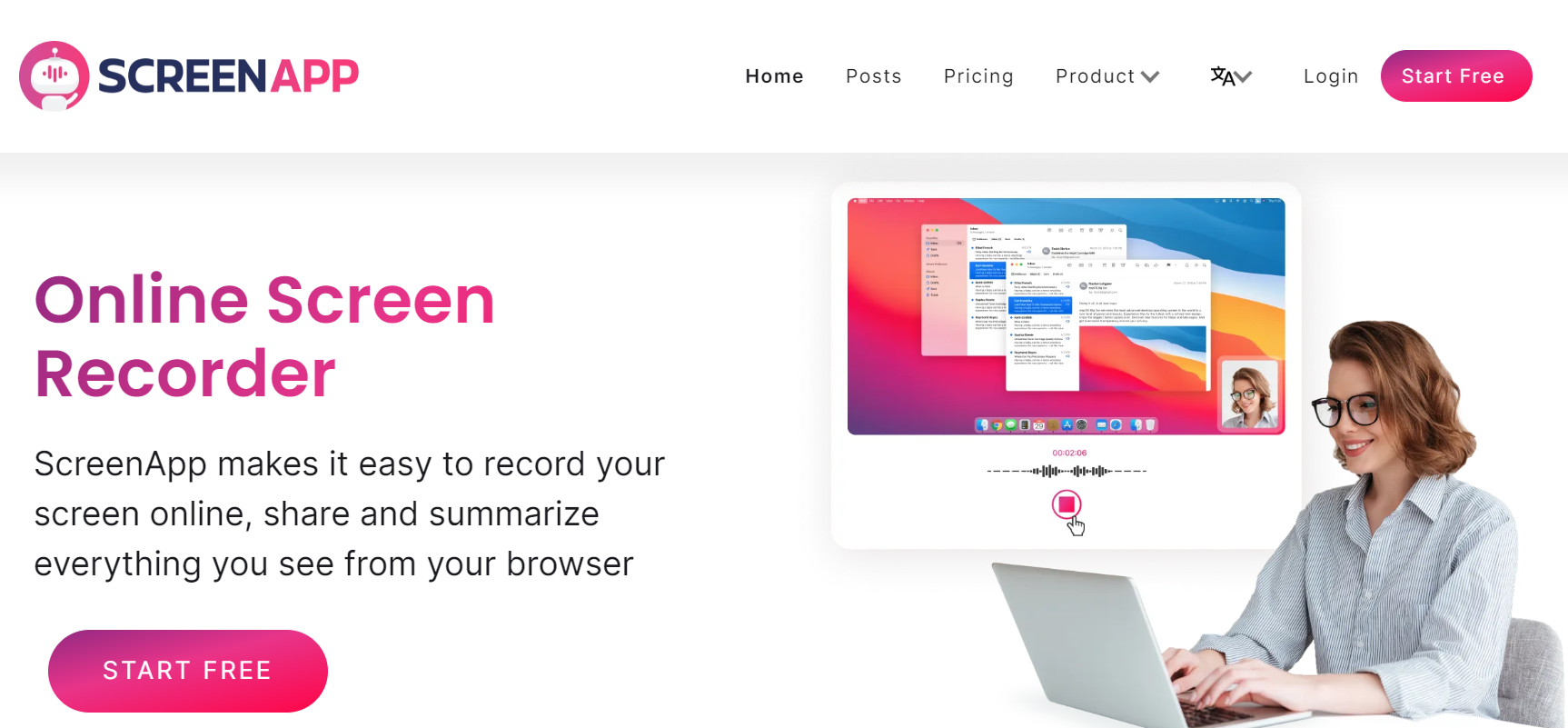
How easily you can record Screen and Webcam simultaneously with ScreenApp even if you have a low-end PC totally free.
- Hit the ‘Start’ button
- Select Video and Screen Audio options
- Choose a window, tab or screen to record
Record your entire screen, application window or browser tab and webcam simultaneously with or without audio. Download them to your PC or save them in the cloud so you can share them with your colleagues or revisit them whenever you want. ScreenApp is a free online screen and audio recorder for meetings, webinars, presentations, virtual training, and more! Transcribe and summarise your videos in seconds to supercharge your productivity.
Tips and Best Practices for Effective Simultaneous Recording
A. Framing and Positioning Yourself on the Webcam
- Maintain eye contact with the camera to establish a connection with your viewers.
- Frame yourself properly within the webcam view, ensuring your face and upper body are visible.
- Avoid excessive movements or distractions that may divert attention from the main content.
B. Organizing Your Screen Elements for Clarity
- Arrange your screen elements in a logical and organized manner to enhance visual clarity.
- Use highlighting or cursor effects to direct viewers’ attention to important areas of the screen.
- Consider using screen annotations or callouts to provide additional explanations or emphasize key points.
C. Using Keyboard Shortcuts and Hotkeys for Seamless Recording
- Familiarize yourself with the keyboard shortcuts or hotkeys available in your recording software to control the recording process.
- Utilize shortcuts to start, pause, and stop recordings, enabling a smoother workflow and reducing the need for post-editing.
D. Managing File Sizes and Formats
- Keep an eye on the file sizes of your simultaneous recordings, especially if you have limited storage space. Adjust settings like resolution or frame rate to balance video quality and file size.
- Choose appropriate video formats and codecs that offer a good balance between compatibility and file size.
E. Ensuring Smooth Performance During Recording
- Close unnecessary applications and processes running in the background to free up system resources.
- Disable notifications or alerts that may interrupt the recording process.
- Consider recording shorter segments if you experience performance issues or want to minimize the risk of data loss in case of unexpected interruptions.
Editing and Enhancing Your Simultaneous Recordings
Overview of Video Editing Software Options
Once you have completed your simultaneous screen and webcam recording, it’s time to edit and enhance the footage. Here are some popular video editing software options:
- Adobe Premiere Pro: Adobe Premiere Pro is a professional-grade video editing software with advanced features, including timeline-based editing, visual effects, and color correction. It offers a comprehensive set of tools for editing your simultaneous recordings.
- Final Cut Pro: Final Cut Pro is a powerful video editing software for Mac users. It provides a user-friendly interface, intuitive timeline editing, and a range of professional editing features for enhancing your simultaneous recordings.
- Camtasia: Camtasia, mentioned earlier, not only offers screen and webcam recording capabilities but also includes built-in video editing tools. It provides basic editing functions like trimming, cutting, and adding transitions, making it a convenient choice for beginners.
Trimming, Cutting, and Merging Video Clips
During the editing process, you may need to trim or cut unwanted sections from your simultaneous recordings. Follow these steps:
- Import your recorded video clips into the chosen video editing software.
- Use the trimming or cutting tools to remove any unnecessary portions or mistakes from the footage.
- Arrange and merge the desired segments to create a cohesive and well-paced final video.
Enhancing Video and Audio Quality
To enhance the overall quality of your simultaneous recordings, consider these editing techniques:
- Adjust the color balance, brightness, and contrast levels to ensure optimal visual representation.
- Apply filters or effects to enhance the appearance of your footage, such as sharpening or adding a vignette effect.
- Use audio editing tools to enhance sound quality, remove background noise, and adjust volume levels.
Adding Annotations, Captions, and Overlays
To make your simultaneous recordings more engaging and informative, incorporate annotations, captions, and overlays:
- Add text annotations or captions to highlight important points or provide additional explanations.
- Include lower-thirds or on-screen graphics to introduce yourself or provide relevant information.
- Use visual overlays, such as arrows or shapes, to draw attention to specific areas of the screen or provide visual cues.
Exporting and Sharing Your Final Recording
Once you have finished editing and enhancing your simultaneous recording, it’s time to export and share the final video:
- Choose the appropriate export settings, such as resolution, format, and compression settings, based on your intended use and platform requirements.
- Select the desired output format, such as MP4 or MOV, that offers a good balance between quality and file size.
- Upload your video to popular platforms like YouTube, Vimeo, or social media channels to share it with your audience.
Advanced Techniques and Additional Considerations
Green Screen Recording with Simultaneous Screen and Webcam Capture
Consider exploring green screen or chroma key techniques, where you can replace your background with a virtual backdrop or visual effects. This advanced technique allows for more creative and visually appealing recordings.
Incorporating Additional Video Sources, such as External Cameras or Mobile Devices
Expand your recording possibilities by incorporating additional video sources, such as external cameras or mobile devices. This allows you to capture multiple angles or perspectives, enhancing the production value of your simultaneous recordings.
Integrating Screen and Webcam Recordings with Live Streaming Platforms
Take your simultaneous recordings to the next level by integrating them with live-streaming platforms. This enables real-time interaction with your audience during presentations, tutorials, or webinars.
Addressing Common Challenges and Troubleshooting Tips
During the editing and recording process, you may encounter challenges or technical issues. Consider common troubleshooting tips, such as addressing audio sync issues, optimizing video rendering settings, or seeking support from the software’s official documentation or community forums.
Tips for Engaging Screen and Webcam Recordings
Utilizing Gestures, Facial Expressions, and Body Language to Enhance Communication
- Use hand gestures and movements to emphasize key points or demonstrate actions on your screen.
- Leverage facial expressions to convey emotions, enthusiasm, or seriousness, depending on the tone of your content.
- Pay attention to your body language, such as sitting or standing in a confident and engaged posture, to convey presence and attentiveness.
Engaging with the Audience by Maintaining Eye Contact with the Webcam
- Position your webcam at eye level and maintain eye contact with it as if you’re directly engaging with your viewers.
- Avoid constantly looking away from the camera or down at your screen, as this can create a disengaged impression.
- Glance at the screen occasionally to ensure your content is still aligned with your intended message.
Using Screen Annotations and Highlighting Tools to Draw Attention to Specific Elements
- Utilize screen annotation tools provided by your recording software to draw arrows, circles, or text boxes to direct viewers’ attention to important elements on your screen.
- Highlight or underline key text or images on your screen to emphasize their significance.
- Use zoom or magnification features to focus on specific details or areas of interest on your screen.
Incorporating Visual Aids or Slides to Support the Content Being Presented
- Prepare visual aids or slides that complement your screen and webcam recordings.
- Display these visuals at appropriate times during your recording to enhance understanding and retention.
- Ensure that the visuals are visually appealing, concise, and relevant to the information you’re conveying.
Privacy and Security Considerations
Ensuring the Protection of Personal Information during Screen and Webcam Recording
- Be cautious when recording sensitive or confidential information on your screen. Avoid displaying personally identifiable information or any sensitive data that should not be shared publicly.
- Consider using screen recording software that allows you to blur or pixelate specific areas of the screen to conceal sensitive information.
Reviewing Privacy Settings in Recording Software and Platforms
- Familiarize yourself with the privacy settings available in your chosen recording software. Adjust these settings to control what information is collected, stored, or shared during the recording process.
- Review the privacy policies and terms of service of the platforms or websites where you plan to share your recordings. Ensure that you understand how your data is handled and take necessary precautions to protect your privacy.
Tips for Securely Sharing or Distributing Recorded Content
- Upload your recordings to secure and reputable video hosting platforms that offer privacy settings and password protection options. Open-source password managers can be useful for securely storing passwords, especially if you want more control over how they’re handled.
- Consider sharing private or sensitive recordings through encrypted file-sharing methods or secure cloud storage platforms.
- If you’re sharing recordings publicly, be mindful of potential copyright infringements and ensure that you have the necessary permissions to use any copyrighted material.
Accessibility and Inclusivity in Simultaneous Recording
Providing Closed Captions or Subtitles for Viewers with Hearing Impairments
- Consider adding closed captions or subtitles to your simultaneous recordings to ensure accessibility for viewers with hearing impairments.
- Use captioning tools or software that generates accurate captions synchronized with the audio and visual elements of your recording.
- Review and edit the captions to ensure accuracy, proper timing, and readability.
Describing Visual Elements and Actions for Viewers with Visual Impairments
- Include audio descriptions or narrations to provide descriptions of visual elements, actions, and on-screen text.
- Use clear and concise language to describe key visual cues, graphical content, and any important visual context during your recording.
- Consider providing a separate audio description track or including audio descriptions within the main audio track.
Adhering to Accessibility Guidelines When Creating Recordings
- Familiarize yourself with accessibility guidelines, such as the Web Content Accessibility Guidelines (WCAG), and apply them when creating simultaneous recordings.
- Ensure sufficient color contrast between text and background elements for legibility.
- Use accessible fonts and font sizes to ensure readability for individuals with visual impairments.
- Provide alternative text descriptions for images and graphics used in your recording.
Advanced Features and Integrations for Simultaneous Recording
Utilizing Picture-in-Picture Mode for Combining Screen and Webcam Footage
- Explore the picture-in-picture (PiP) mode offered by your recording software to overlay your webcam feed onto your screen recording.
- Adjust the size, position, and transparency of the webcam feed to ensure it does not obstruct important content on the screen.
- Utilize PiP to create a more engaging and personalized viewing experience for your audience.
Integrating Live Chat or Q&A Features During Presentations or Webinars
- Consider integrating live chat or Q&A features into your simultaneous recording when conducting presentations or webinars.
- Encourage viewers to participate and ask questions during the recording by leveraging chat platforms or dedicated Q&A tools.
- Monitor and respond to live chat messages or questions to enhance engagement and foster interaction with your audience.
Incorporating Screen Sharing Capabilities During Simultaneous Recording
- Take advantage of screen-sharing capabilities offered by your recording software to showcase additional content or demonstrate specific applications.
- Ensure that the screen sharing is clear and visible to viewers by adjusting screen resolution and settings before recording.
- Use screen sharing strategically to supplement your simultaneous recording and provide more comprehensive information.
Automating the Start and Stop of Recording through Scripting or Scheduling
- Explore automation options within your recording software to start and stop the recording process at specific times or based on specific triggers.
- Utilize scripting or scheduling features to automate the recording process, especially for long or recurring sessions.
- Test and monitor the automated recording process to ensure smooth operation and avoid any interruptions or technical issues.
Case Studies and Success Stories
Showcasing Examples of Successful Simultaneous Screen and Webcam Recordings
- Case Study 1: “Enhancing Online Education: How Simultaneous Screen and Webcam Recordings Transformed Virtual Classrooms” - Highlight the success story of a teacher who utilized simultaneous recording to engage students and deliver interactive virtual lessons effectively.
- Case Study 2: “Creating Engaging Video Tutorials: The Impact of Simultaneous Screen and Webcam Recordings on YouTube Channels” - Explore how content creators leveraged simultaneous recording to captivate their audience, increase their subscriber base, and provide valuable tutorials.
Highlighting How Different Industries or Professionals Leverage This Recording Technique
- Industry 1: “Revolutionizing Remote Training: Simultaneous Screen and Webcam Recordings in Corporate Learning” - Illustrate how businesses have adopted simultaneous recording to deliver effective training programs remotely, improving employee skill development and knowledge retention.
- Industry 2: “Taking Virtual Conferences to the Next Level: Simultaneous Screen and Webcam Recordings in Event Presentations” - Showcase how event organizers and presenters have used simultaneous recording to deliver engaging and immersive virtual conferences, fostering networking and knowledge-sharing opportunities.
Sharing Tips and Insights from Experienced Content Creators or Presenters
- “Expert Advice: Mastering Simultaneous Recording Techniques from Experienced YouTubers” - Interview successful YouTube content creators who regularly utilize simultaneous recording to share their tips, techniques, and best practices for creating engaging content.
- “Insider Secrets: Pro Tips for Effective Simultaneous Screen and Webcam Presentations” - Gather insights from experienced presenters who have mastered simultaneous recording, focusing on their strategies for capturing and retaining audience attention.
Future Trends and Innovations in Simultaneous Recording
Exploring Emerging Technologies, such as Augmented Reality (AR) or Virtual Reality (VR)
- “The Next Frontier: Simultaneous Screen and Webcam Recording in the Era of Augmented Reality” - Discuss the potential of integrating AR elements into simultaneous recording to enhance visual storytelling and create interactive experiences for viewers.
- “Immersive Simultaneous Recording: The Future of Virtual Presentations with Virtual Reality (VR)” - Explore how VR technology can be integrated into simultaneous recording, enabling presenters to deliver captivating virtual presentations with an enhanced sense of presence.
Discussing Potential Advancements in Screen and Webcam Recording Software
- “Beyond the Basics: Innovations in Simultaneous Recording Software” - Highlight advancements in recording software, such as AI-based scene detection, automated editing features, or real-time collaboration, that can revolutionize simultaneous recording workflows.
- “Enhancing User Experience: User-Friendly Interfaces and Intuitive Controls in Simultaneous Recording Software” - Explore how recording software developers are focusing on creating more intuitive interfaces and streamlined controls to make simultaneous recording accessible to a wider range of users.
Predicting How Simultaneous Recording May Evolve in the Context of Remote Work and Education
- “The Future of Work: Simultaneous Recording as a Cornerstone of Remote Collaboration” - Discuss how simultaneous recording will play a crucial role in remote work scenarios, enabling teams to collaborate effectively across different locations and time zones.
- “Transforming Education: Simultaneous Recording as a Key Component of the Remote Learning Landscape” - Predict how simultaneous recording will continue to shape the future of remote education, providing educators and students with immersive and engaging learning experiences.
Conclusion
Simultaneous screen and webcam recording have revolutionized the way we create and engage with visual content. Throughout this comprehensive guide, we have explored the benefits, techniques, and best practices for mastering this powerful recording method. Let’s recap the key points and empower you to take your recordings to the next level.
Simultaneous screen and webcam recording offers a range of advantages. By combining both elements, you create a comprehensive and dynamic viewing experience, engaging your audience on multiple levels. The ability to showcase your screen activity while adding a personal touch through your webcam enhances communication fosters connections, and captivates viewers in a way that individual recordings cannot.
We have discussed the importance of choosing the right tools and software, optimizing your hardware setup, and adjusting audio and video settings to ensure high-quality recordings. By adhering to these guidelines, you can create professional and polished simultaneous recordings that effectively convey your message.
Throughout the guide, we have provided step-by-step instructions, tips, and best practices for configuring recording software, starting and stopping the recording process, and editing and enhancing your recordings. We have explored advanced features, such as picture-in-picture mode, live chat integration, and screen-sharing capabilities, to help you elevate your simultaneous recordings and create more engaging content.
Inclusivity and accessibility have been emphasized, with guidance on providing closed captions or subtitles for viewers with hearing impairments and describing visual elements for viewers with visual impairments. Privacy and security considerations have been addressed, and we have provided insights on securely sharing and distributing your recordings.
As you embark on your simultaneous recording journey, we encourage you to experiment, explore, and refine your techniques. Each recording presents an opportunity to refine your skills, engage your audience in new ways, and deliver impactful content. Embrace the creativity and versatility that simultaneous recording offers, and let your unique style and personality shine through.
To continue your learning and improvement, we recommend exploring resources such as online tutorials, forums, and communities dedicated to simultaneous recording. Engage with experienced content creators, educators, and professionals who can provide valuable insights and inspiration. Remember, the more you practice and experiment, the more proficient and confident you will become in creating compelling simultaneous recordings.
In conclusion, simultaneous screen and webcam recording open doors to endless possibilities in content creation, remote collaboration, and education. By harnessing the power of both mediums, you can engage and connect with your audience on a deeper level, fostering effective communication and leaving a lasting impact. Embrace the techniques, tips, and best practices outlined in this guide, and embark on your journey to create engaging, informative, and inclusive simultaneous recordings.
